Ski Apparel – Prepare for the Snow

It's not just about appearance when it comes to ski clothing – they serve as your primary protection against harsh elements. Suitable ski apparel ensures warmth, dryness, and comfort, so you can perform optimally, whether faced with biting winds or navigating through deep powder. Explore ski apparel here!
Ski gear should offer adequate insulation, waterproofing, and breathability while allowing ease of movement. Selecting the appropriate skiing attire involves considering the weather conditions you will encounter to avoid becoming cold, wet, or overheated.
Are you acquiring ski apparel for a family ski vacation? Or, perhaps, seeking advanced ski wear to boost your performance? We have everything you require.
The interplay between waterproofing and breathability often affects the cost. For those who ski leisurely, mid-range ski gear offers sufficient protection, but if you're skiing consistently for longer stretches during the season, investing in top-tier ski apparel is advisable.
Overview
Ski Jackets

Choosing the correct ski jacket is vital for keeping warm and dry on the slopes. Whether you're after ladies', children's, or men's ski jackets, ensure a suitable level of insulation and shield against water and wind.
A snow jacket with a waterproof rating of 10,000 mm or more and a lining that wicks away moisture will provide comfort in diverse conditions.
Consider additional features such as:
- Adjustable hoods
- Ventilated zippers
- Pockets for passes or snacks (available both inside & outside)
- Snow skirts
If you're uncertain about selecting a ski jacket, reflect on your typical skiing conditions: insulated varieties for cold climates or shell jackets for adaptability and tailored layering.
Ski Trousers & Snow Pants
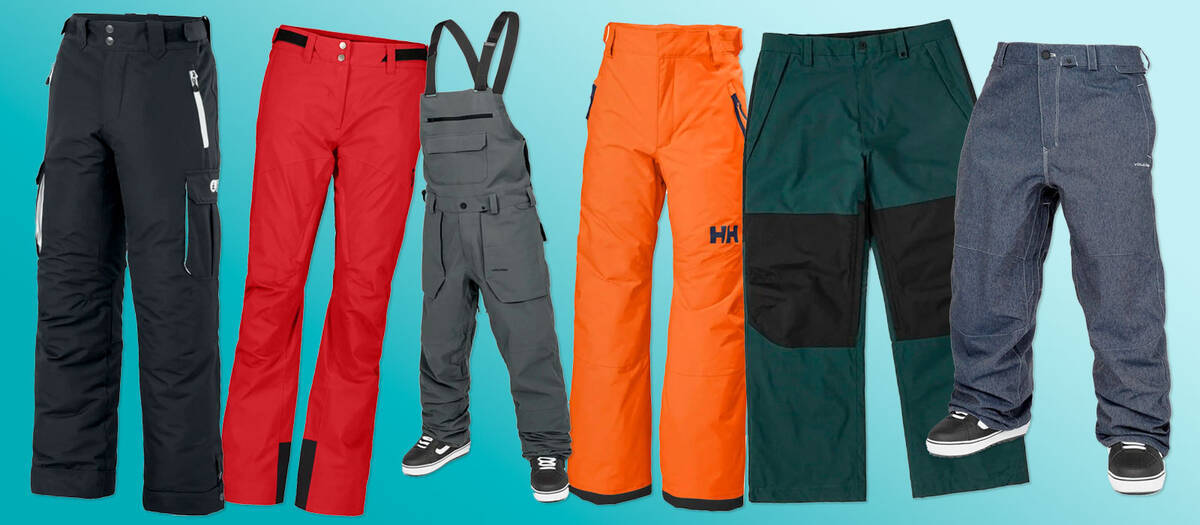
Ski trousers are crucial for warmth and dryness, and your overall comfort on the slopes is largely reliant on them. The finest ski trousers are generally waterproof, windproof, and breathable – ensuring protection from both wind and water, while enabling internal moisture to escape.
Choose ski trousers based on your activities, weather, and comfort preferences. Shell trousers are suitable if you're not easily chilled, but for moments of inactivity, such as on ski lifts, insulated trousers are necessary to maintain warmth and maximise enjoyment.
Look out for additional features like:
- Adjustable waistbands
- Reinforced cuffs
- Inner snow gaiters
- Integration with jacket from the same brand
- Pockets
In cross-country skiing, your focus influences your choice. Performance-focused skiers should opt for thin, lightweight, breathable trousers that enhance mobility. Nature enjoyers who pause to take in the view with a coffee ought to select insulated, waterproof, and breathable ski trousers.
Thermal Underwear – Skiing Underlayers
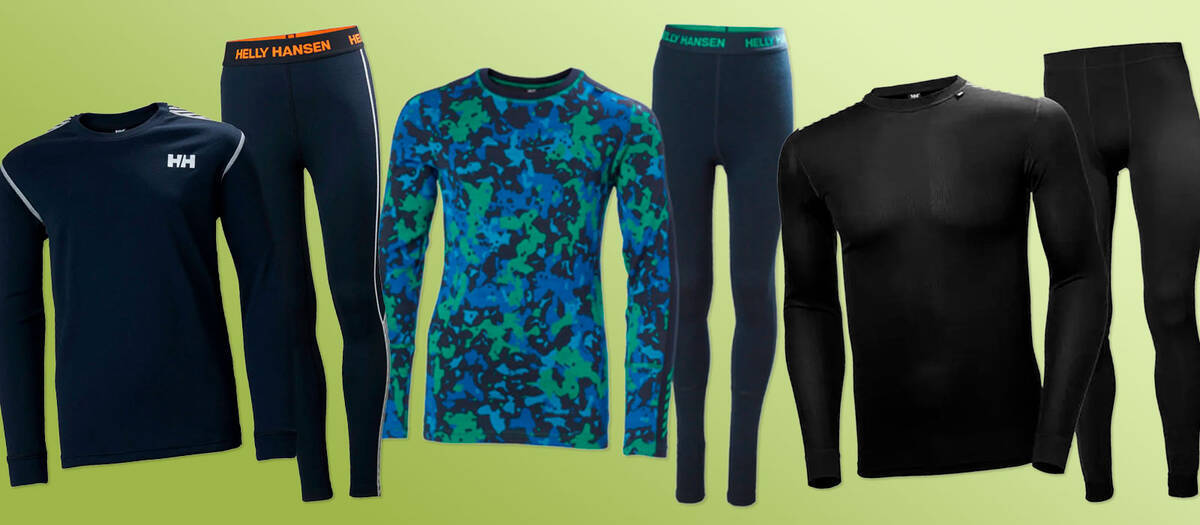
Thermal underwear is key to remaining warm on the slopes. Essentially, once you experience them, it's tough to ski without. Whether as a complete base layer or long johns for the legs, these snug pieces are the initial step to a cosy ski set-up.
Why is thermal underwear pivotal in skiing? It retains heat near your body while drawing perspiration away, keeping you dry.
For the chilliest days, opt for the warmest options like merino wool or high-grade synthetic blends. These fabrics seal in warmth minus the bulk. A dependable base layer is essential for staying comfy and relishing your time on the slopes, regardless of the weather.
Ski Gloves
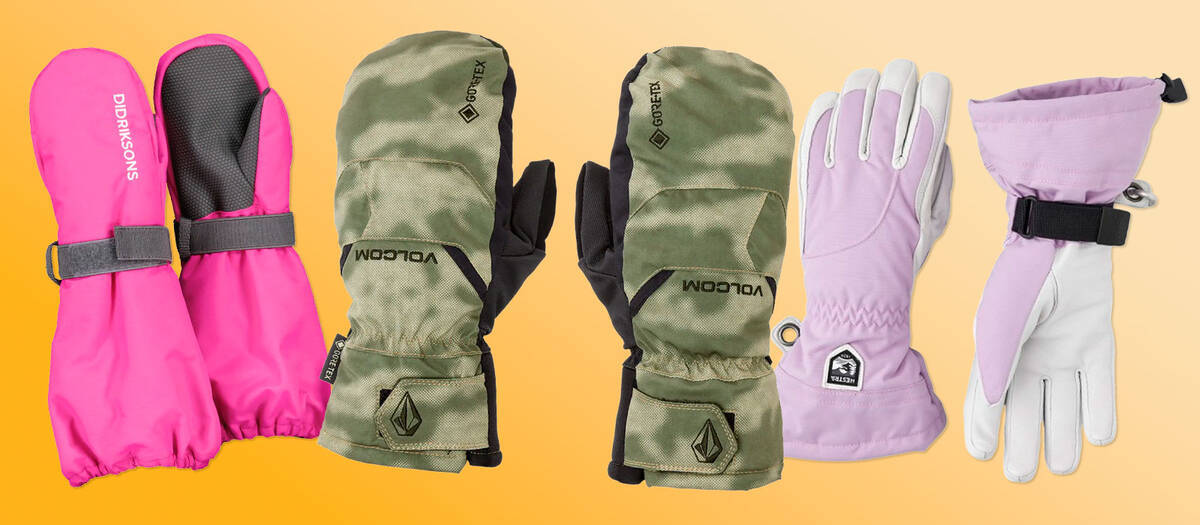
The top ski gloves ensure your hands remain warm and usable all day long. A quality pair of ski gloves should offer waterproofing, insulation, and durability; they may also feature conveniences like touchscreen capability or wrist leashes. In very cold environments, consider heated gloves or mitts with battery packs embedded. Numerous winter gloves provide decent warmth, but ski gloves are crafted for skiing's specific needs, such as handling poles and coping with snow. Opt for reinforced palms and adjustable cuffs for a snug and comfortable fit.
Determine whether finger gloves, lobster gloves, or mittens are ideal for you. In essence, finger gloves offer the most dexterity, whereas mittens provide more warmth. Lobster gloves combine the features of both.
Debating between mittens or gloves? See the chart below:
| Aspect | 5-finger gloves | 3-finger gloves | Mittens |
| Dexterity | More | Medium | Less |
| Warmth | Less | Medium | More |
After deciding on mittens, 5-finger gloves, or 3-finger gloves, also evaluate your material preferences. We provide an extensive range including leather ski gloves and technical performance ski gloves, alongside various insulation levels:
Ski Socks
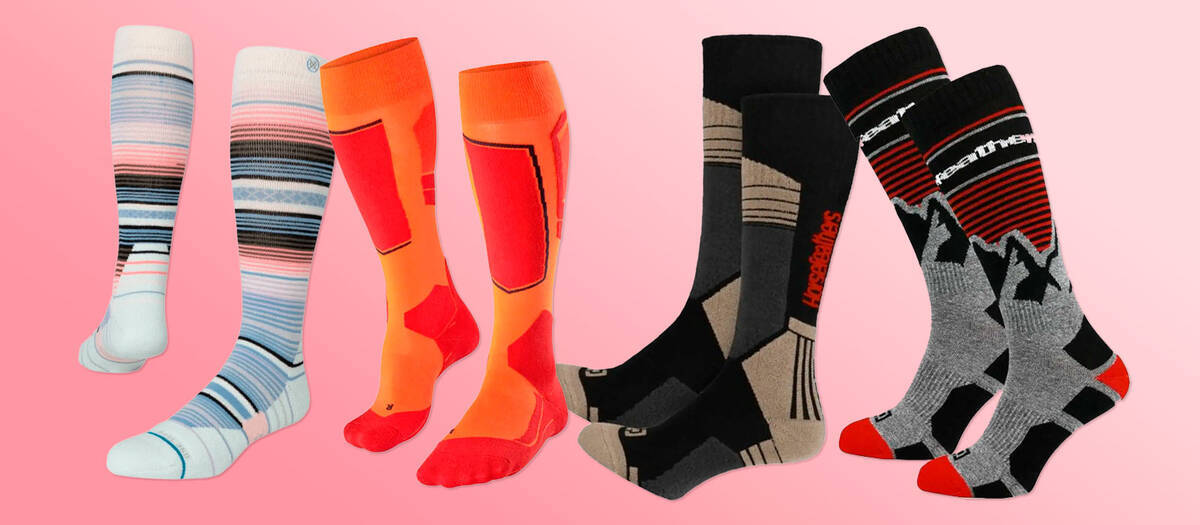
Ski socks play a critical role. Your feet form the foundation when skiing, and if they're cold, you'll soon find attention diverted from skiing. Which socks are ideal for skiing? Opt for thermal socks crafted for skiing. They boast cushioning in blister-prone zones. Premium ski socks are fabricated from moisture-wicking substances such as merino wool to keep feet dry and warm. On the frigidest days, heated ski socks with adjustable temperatures add comfort. Avoid cotton socks that hold moisture and could cause cold, damp feet.
Ski Masks, Balaclavas & Ski Hats

The ideal ski mask shields your face from harsh cold, significantly enhancing your slope experience. A ski mask or ski balaclava offers comprehensive face coverage, safeguarding against frostbite in harsh climates. Those seeking top balaclavas for skiing should focus on breathable, snug-fitting designs that comfortably fit under helmets and goggles. A ski neck gaiter is another adaptable choice, providing customisable coverage of the neck and lower face. Finalise your ensemble with a warm, moisture-wicking ski hat to insulate your head and ears.
Ski Mid Layers – What Lies Beneath Ski Gear?
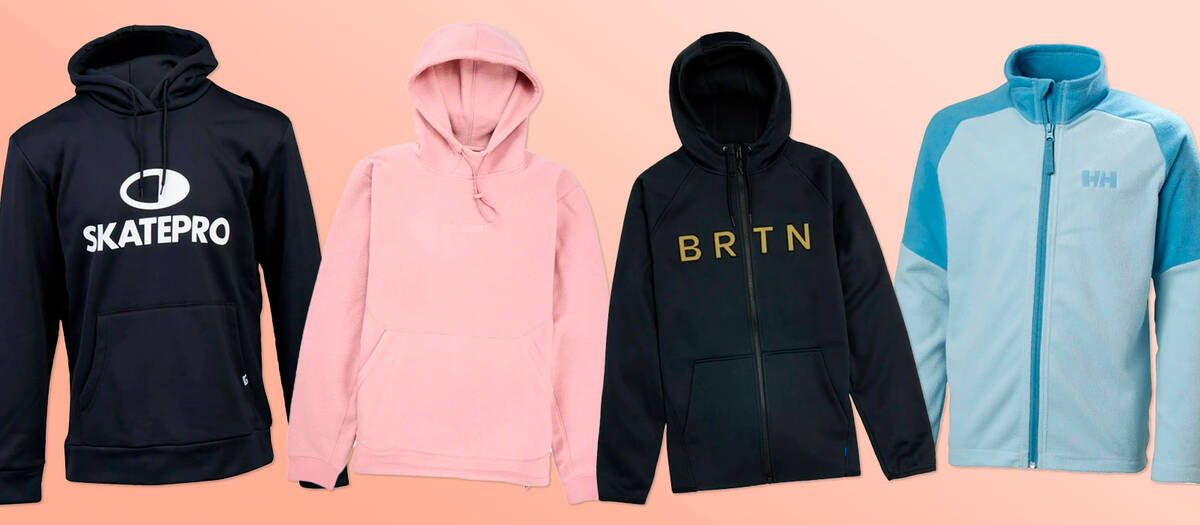
Effective mid layers maintain warmth while ensuring flexibility and breathability, making them vital in ski attire. Ever wondered about what to wear under a ski jacket or beneath snow pants? Personal preference and requirements vary, but here are a few ideas to inform your choice.
Fleece jackets, down jumpers, or synthetic insulated layers offer excellent warmth without excess heat. The best ski mid layer depends on activity levels: lightweight fleece for energetic days or heavier insulation for icy conditions.
